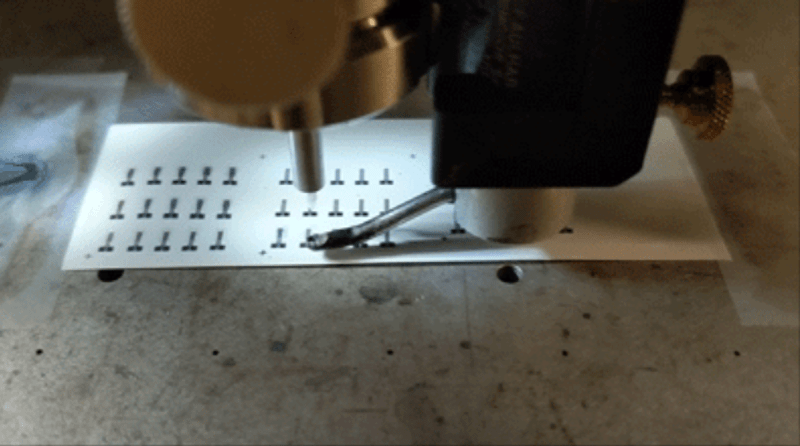
We’ll be honest, we were more excited by Duke University’s announcement that they’d used carbon-based inks to 3D print a transistor than we were by their assertion that it was recyclable. Not that recyclability is a bad thing, of course. But we would imagine that any carbon ink on a paper-like substrate will fit in the same category. In this case, the team developed an ink from wood called nanocelluose.
As a material, nanocellulose is nothing new. The breakthrough was preparing it in an ink formulation. The researchers developed a method for suspending crystals of nanocellulose that can work as an insulator in the printed transistors. Using the three inks at room temperature, an inkjet-like printer can produce transistors that were functioning six months after printing.
The technology uses carbon nanotubes for the semiconductor material and graphene for the conductors. The addition of mobile sodium ions via sodium chloride to the insulating material improved the resulting transistor’s performance.
Of course, right now this isn’t a commercial technology, but we have to wonder if this isn’t something hackers could do. Modifying an inkjet printer isn’t hard to imagine. Preparing the ink may or may not be in the realm of the basement lab.
This looks conceptually simpler than the last electronics printer we talked about. Maybe you want your 3D printed semiconductors a bit less practical.
0 Commentaires